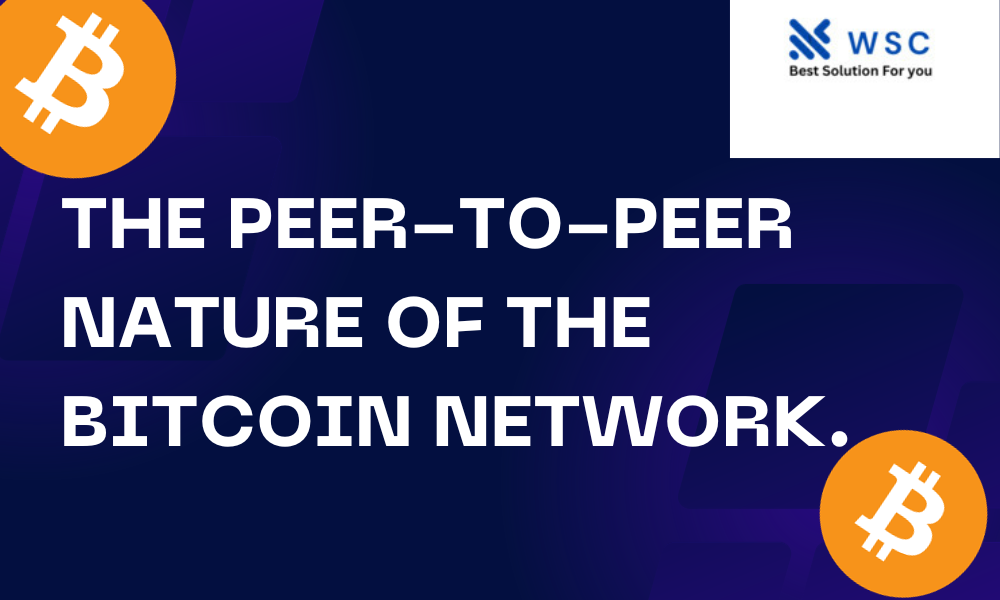Introduction to Bitcoin
Bitcoin emerged in 2009 as the first decentralized cryptocurrency, introducing a groundbreaking concept of digital currency not controlled by any central authority. Its foundation lies in blockchain technology Bitcoin’s Decentralized Network, a distributed ledger that records all transactions across a network of computers.
Understanding Peer-to-Peer Networks
Bitcoin’s foundation in a decentralized system involves direct interactions between users, eliminating the need for intermediaries. In the context of Bitcoin, this means transactions occur directly between users, creating a decentralized system.
Nodes and Transactions
Within the Bitcoin network, nodes are computers that maintain the blockchain by verifying and recording transactions. These nodes communicate with each other, ensuring consensus on the state of the network.
Consensus Mechanism:
Proof of Work Bitcoin employs Proof of Work (PoW) as its consensus mechanism. This involves miners solving complex mathematical puzzles to validate transactions and add them to the blockchain, ensuring security and consensus.
Peer-to-Peer Communication:
Eliminating Intermediaries The P2P structure eliminates the need for intermediaries like banks, enabling direct, secure, and faster transactions between users globally. This fosters financial inclusion and reduces transaction fees.
Scalability and Challenges
However, scalability remains a challenge within Bitcoin’s P2P network, leading to discussions and developments aimed at enhancing transaction throughput without compromising decentralization or security.
Regulation and Adaptation
Regulatory frameworks worldwide are adapting to accommodate cryptocurrencies like Bitcoin, addressing concerns regarding legality, taxation, and security measures.
Security and Privacy in P2P Networks
Bitcoin’s P2P framework ensures robust security measures through cryptographic protocols, although concerns over privacy persist and innovations are sought to address them.
Community and Decentralization
The community-driven nature of Bitcoin contributes to its resilience and innovation, fostering a decentralized ecosystem that promotes financial autonomy.
Bitcoin’s Impact on Financial Landscape
Bitcoin’s disruptive potential continues to influence traditional finance, with increasing adoption by institutions and individuals globally. The future holds possibilities for further integration into mainstream financial systems.
Conclusion
Bitcoin’s peer-to-peer network exemplifies a paradigm shift in the financial world, fostering decentralized and secure transactions while challenging traditional norms. Its continued evolution and adaptability showcase the transformative potential of cryptocurrencies.
Check our tools website Word count
Check our tools website check More tutorial




